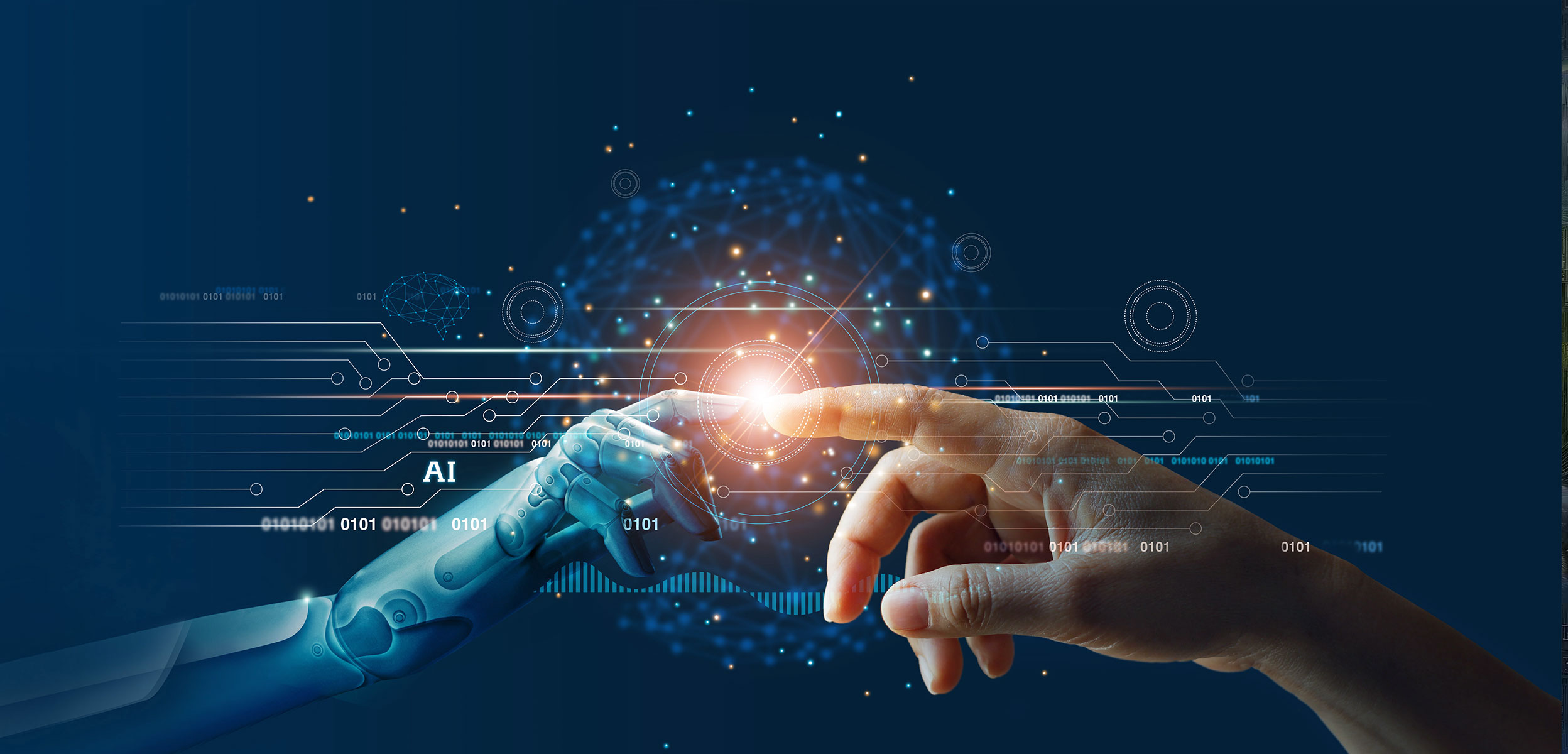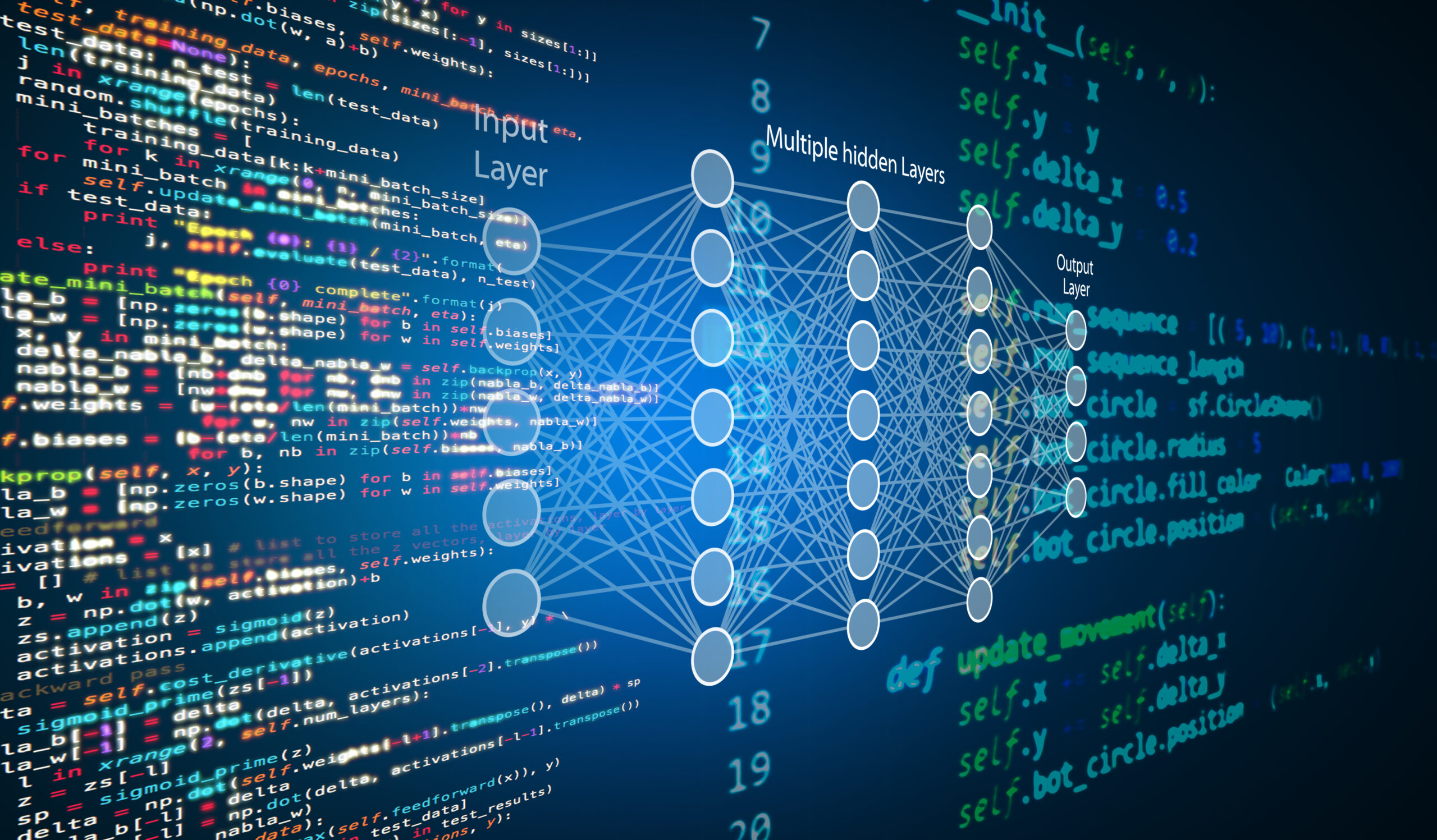
Human intelligence can be defined as the mental ability to learn from experience, adapt to new situations, understand abstract concepts and use knowledge to shape the environment.
Artificial intelligence (AI), on the other hand, encompasses the theory and development of computer systems that can learn from experience and are able to perform tasks that traditionally required human intelligence, such as speech recognition, decision-making or pattern recognition.
Although there is no unanimous agreement on the exact timing of the emergence of human intelligence, some scholars propose that the earliest indications of human intelligence can be linked to the advent of the Homo genus approximately 2.8 million years ago. The characteristic traits of humans, their ability to make predictions and to create tools that extend their capabilities, are central to the history of human progress that laid the foundation for artificial intelligence, from the first calculating and printing machines to the development of computers, neural networks and AI.
In the context of artificial intelligence, the term “intelligence” is tightly connected to the notion of increasingly complex agents. An agent is a computer program designed to perceive its environment, make decisions, and autonomously take action to achieve specific goals. The core of artificial intelligence lies in the agent’s ability to learn independently, with neural networks serving as a key component in many reinforcement learning algorithms. In reinforcement learning, an agent interacts with an environment, receiving feedback through rewards or penalties. The agent’s objective is to acquire a policy that maximizes its cumulative reward over time. This learning process involves adjusting the weights of a neural network, drawing an analogy to synaptic plasticity in the human brain, where connections between neurons strengthen with frequent use.
Currently, what is in practice is known as Artificial Narrow Intelligence (ANI), designed for specific tasks like speech recognition in virtual assistants such as Siri or Alexa. Artificial General Intelligence (AGI), capable of performing all intellectual tasks a human can do, remains a theoretical concept. Some experts believe AGI may take longer to emerge than fully operational nuclear fusion, given its complexity and the need for a better understanding of the human brain. A still more distant prospect is Artificial Super Intelligence (ASI), a theoretical and highly developed form of AI that surpasses human intelligence in all areas, demonstrating self-awareness, abstract thinking, and an understanding of human emotions.
Anticipated to undergo exponential growth, AI is expected to bring a deeper revolution to work and society in the next decade than computers did in previous decades.
The progression of AI is poised to exert a substantial influence on diverse industries, shaping productivity growth by transforming the labor market. This transformation encompasses the substitution of human workers with AI-powered automation, the augmentation of human capabilities through AI, enabling novel tasks and skill expansion, and overall contributions to labor productivity. The impact of AI adoption is anticipated to extend across various business realms, encompassing customer service, marketing, research and development, IT, engineering, as well as risk and security functions.
Hence, AI is a powerful and transformative technology with enormous potential benefits in many areas. However, it also brings with it significant challenges and risks, including ethical dilemmas, privacy concerns, social impact, and issues of human control. AI is not a neutral or benign tool, but a double-edged sword that can have both positive and negative effects depending on the intentions of its creators and the conduct of its users. Despite the potential pitfalls, avoiding AI is not an option. At a time when AI is becoming more widespread and influential, its swift and responsible deployment is of paramount importance.
On the one hand, lagging AI adoption can lead to operational inefficiencies, reduced productivity and a growing gap in meeting evolving customer expectations, ultimately leading to a decline in market relevance and profitability. On the other hand, the importance of responsibility cannot be overstated. In a way, AI can be compared to nuclear technology. Both AI and nuclear technology share the challenges of being virtually unavoidable in their use and carrying the potential for significant harm. However, AI’s pervasive integration and complex impact on human life make its risks, such as unintended consequences, ethical dilemmas, and AI beyond human control, potentially broader and more intricate than those associated with nuclear power.
Balancing innovation with responsible governance is crucial to harness the benefits of AI while mitigating its risks to safeguard humanity and society. It is important to continue to have open and honest discussions about the risks and benefits of AI and to work together to develop responsible policies and regulations that promote the safe and ethical use of this powerful technology.


